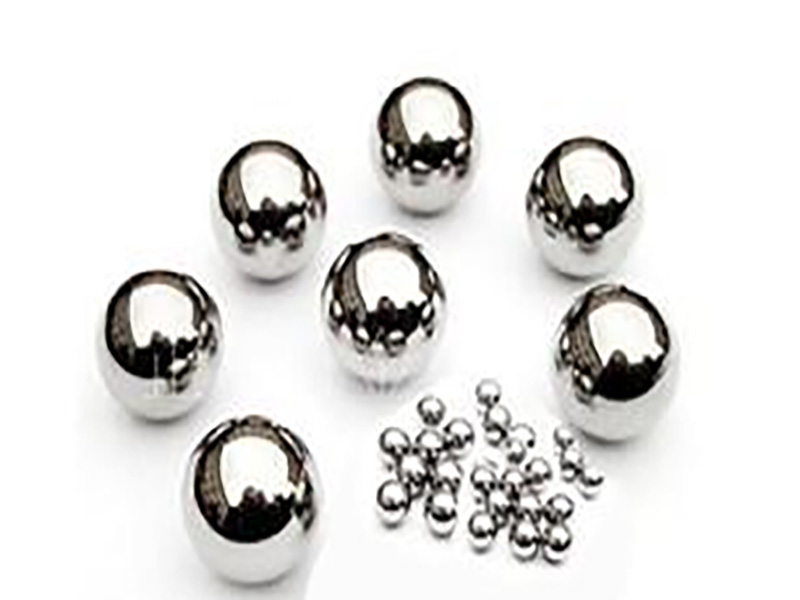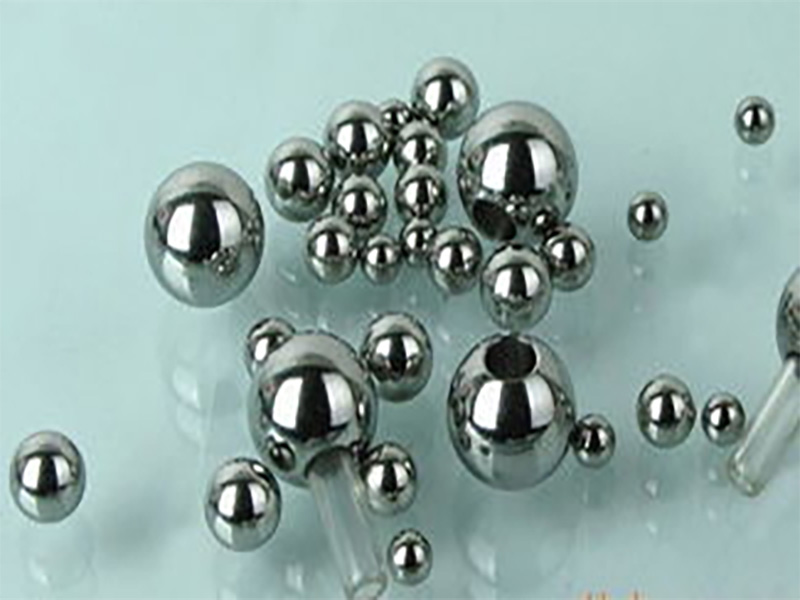


It is a heat treatment operation method that uses a certain method to generate a certain frequency of induction current on the surface of the workpiece, to heat the surface of the part rapidly, and then quench and cool it rapidly.
Principle: As shown in the figure, electromagnetic induction produces an induced current of the same frequency, i.e. eddy current. The distribution of eddy currents in the cross-section of the workpiece is not uniform, the heart is almost equal to zero, while the surface current density is very large, called the “skin effect”, the higher the frequency, the current density of the surface layer is very thin. Relying on this current and the resistance of the workpiece itself, the surface of the workpiece is rapidly heated to quenching temperature, while the heart temperature is still close to room temperature, and then immediately cooled by water spray, so that the surface of the workpiece hardened.

(1)High frequency heating
Commonly used frequency is (200 ~ 300) KHZ, the depth of the hardened layer is (0.5 ~ 2.5) mm.
(2) Medium frequency heating
The common frequency is (2500~8000) HZ, the depth of hardened layer is (2~10) mm.
(3) Industrial frequency heating
Current frequency of 50HZ, no frequency equipment, the city with alternating current can be, hard layer depth of (10 ~ 20) mm or more, the city with alternating current that.
Advantages and disadvantages: induction heating surface quenching heating speed, high productivity, heating temperature and hardened layer depth is easy to control, the steel ball surface oxidation and decarburization less, the steel ball deformation is small, you can make all the quenching process to achieve mechanization, automation.

For Further Details,Please Feel Free To Contact Us: